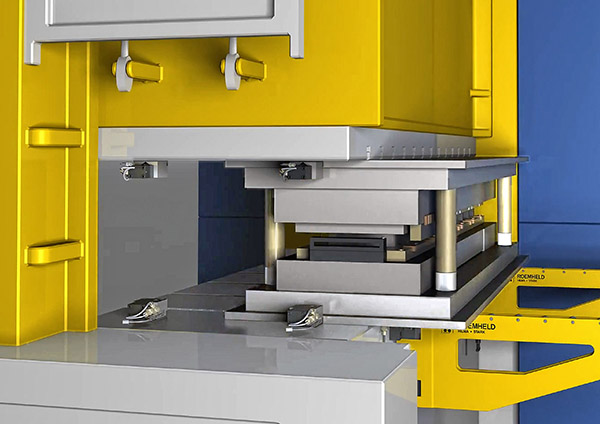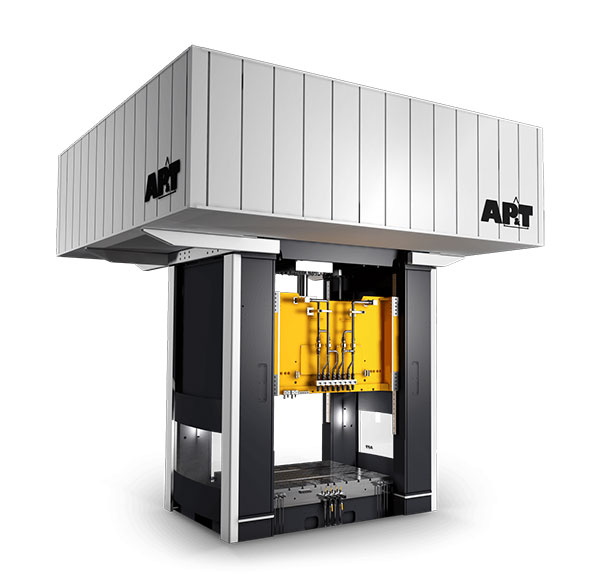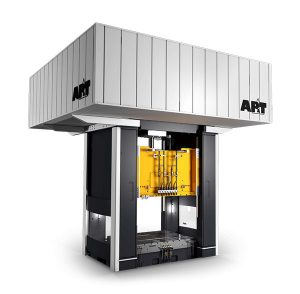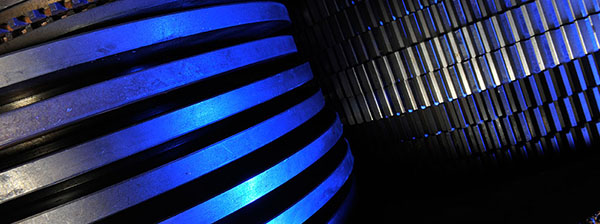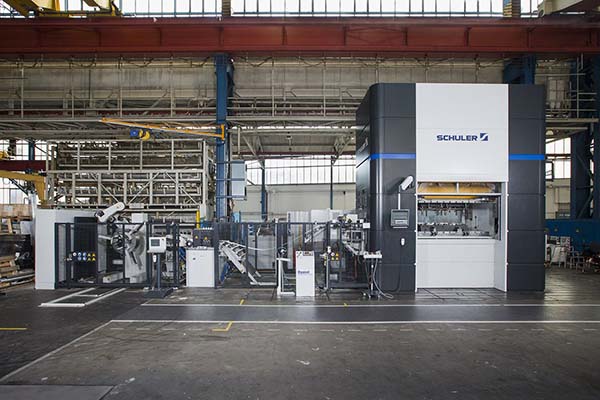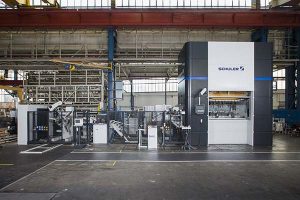A self-locking wedge clamp for safely securing dies on power presses and injection moulding machines, without the need for a permanent hydraulic supply, has been introduced by Roemheld UK.

Designed for clamping dies with straight edges, the element applies spring force for retention. A pressure of up to 160 bar is sufficient for release, which can be provided by the machine hydraulics.
Inclined at 6°, the clamping bolt approaches the die edge from the side, resulting in a self-locking connection, following which a spring applies frictional force that can be maintained over long periods of time. Inductive and optical position control deliver enhanced operational safety.
The robust, compact wedge clamp is coated to inhibit rusting and can withstand harsh environments including dirt and temperatures up to 160°C for high functional safety, even in the most challenging production processes. Tolerance for clamping edge height is ±0.5 mm, with spacer plates compensating for any deviation. Cylinder diameters are between 35 and 85 mm, while operating force is from 25 to 120 kN, depending on unit size.
In the standard range, the availability of four hydraulic connection variants provides flexibility for different assembly configurations. Modified wedge clamps can be supplied to suit customers’ specific applications. Additional versions are available for clamping on angled die edges, with permanent lubrication or multi-layer coating to improve wear properties. All clamping elements comply with the Euromap directives.
For further information www.roemheld.co.uk






